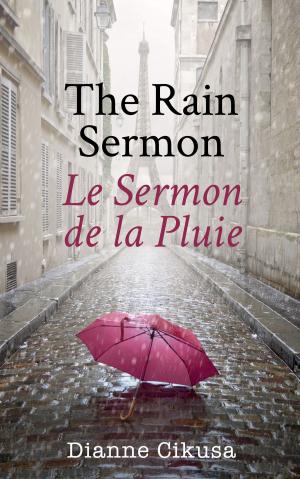How William Shakespeare and Emilia Bassano-Lanier Invented Romantic Love
Fiction & Literature, Literary Theory & Criticism, Drama History & Criticism, Poetry History & Criticism| Author: | Paul Kauffman | ISBN: | 9781925739879 |
| Publisher: | MoshPit Publishing | Publication: | April 3, 2018 |
| Imprint: | Smashwords Edition | Language: | English |
| Author: | Paul Kauffman |
| ISBN: | 9781925739879 |
| Publisher: | MoshPit Publishing |
| Publication: | April 3, 2018 |
| Imprint: | Smashwords Edition |
| Language: | English |
This short, illustrated book is a ground breaking study which provides the best explanation so far for William Shakespeare’s knowledge of Italian and Latin literature, of the court, and of his other creative achievements, including insights into romantic love and passion.
Shakespeare drew on the plots of some 37 Italian “novelle” (“little novels”) and Latin plays to write his own plays. Many of his best plays used novelle which had never been translated into English. Did he teach himself Italian or did someone help him?
The book also reveals the literary and personal accomplishments of Emilia Bassano-Lanier. Fluent in three languages, including Italian, and educated by two countesses, she was the former mistress of the Lord Chamberlain, Henry Carey, who was patron of Shakespeare’s company of players. She was one the first women to write a book of poetry in English and her inspiration and assistance provide a plausible explanation for some of Shakespeare’s remarkable accomplishments.
Shakespeare’s 154 sonnets are addressed to a “Fair Youth” (probably the young Earl of Southampton, to whom his two long narrative poems are dedicated and who also knew Italian), and a musical “Dark Lady”, with dark hair and dun coloured breasts, who is “the fairest and most precious jewel”.
Shakespeare’s Sonnets 135 and 136 privately expressed his anguish about their adultery and her unfaithfulness, making him “frantic mad”. When published in 1609 they provide one of the earliest examples in English of “revenge porn” (sexual images of individuals without their consent). Ten scholars now believe the Dark Lady of the Sonnets was Emilia Bassano-Lanier. Rightly or wrongly, many ladies of the court would have formed the same conclusion. By studying Emilia Lanier’s book of poetry, together with her 1610 preface, we understand the fury of her language, and her determination that men and good Christian women should “speak reverently of our sex.”
Having garnered patronage from successful women aristocrats, her book offers an intellectual construct grander than the “Me Too” movement. She champions Old Testament avenging women, praises New Testament saintly women and proclaims to all women “Then let us have our liberty again”. Rediscovered in 1974, she became a flag-bearer for feminists.
This short, illustrated book is a ground breaking study which provides the best explanation so far for William Shakespeare’s knowledge of Italian and Latin literature, of the court, and of his other creative achievements, including insights into romantic love and passion.
Shakespeare drew on the plots of some 37 Italian “novelle” (“little novels”) and Latin plays to write his own plays. Many of his best plays used novelle which had never been translated into English. Did he teach himself Italian or did someone help him?
The book also reveals the literary and personal accomplishments of Emilia Bassano-Lanier. Fluent in three languages, including Italian, and educated by two countesses, she was the former mistress of the Lord Chamberlain, Henry Carey, who was patron of Shakespeare’s company of players. She was one the first women to write a book of poetry in English and her inspiration and assistance provide a plausible explanation for some of Shakespeare’s remarkable accomplishments.
Shakespeare’s 154 sonnets are addressed to a “Fair Youth” (probably the young Earl of Southampton, to whom his two long narrative poems are dedicated and who also knew Italian), and a musical “Dark Lady”, with dark hair and dun coloured breasts, who is “the fairest and most precious jewel”.
Shakespeare’s Sonnets 135 and 136 privately expressed his anguish about their adultery and her unfaithfulness, making him “frantic mad”. When published in 1609 they provide one of the earliest examples in English of “revenge porn” (sexual images of individuals without their consent). Ten scholars now believe the Dark Lady of the Sonnets was Emilia Bassano-Lanier. Rightly or wrongly, many ladies of the court would have formed the same conclusion. By studying Emilia Lanier’s book of poetry, together with her 1610 preface, we understand the fury of her language, and her determination that men and good Christian women should “speak reverently of our sex.”
Having garnered patronage from successful women aristocrats, her book offers an intellectual construct grander than the “Me Too” movement. She champions Old Testament avenging women, praises New Testament saintly women and proclaims to all women “Then let us have our liberty again”. Rediscovered in 1974, she became a flag-bearer for feminists.















